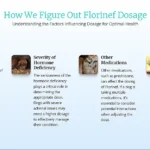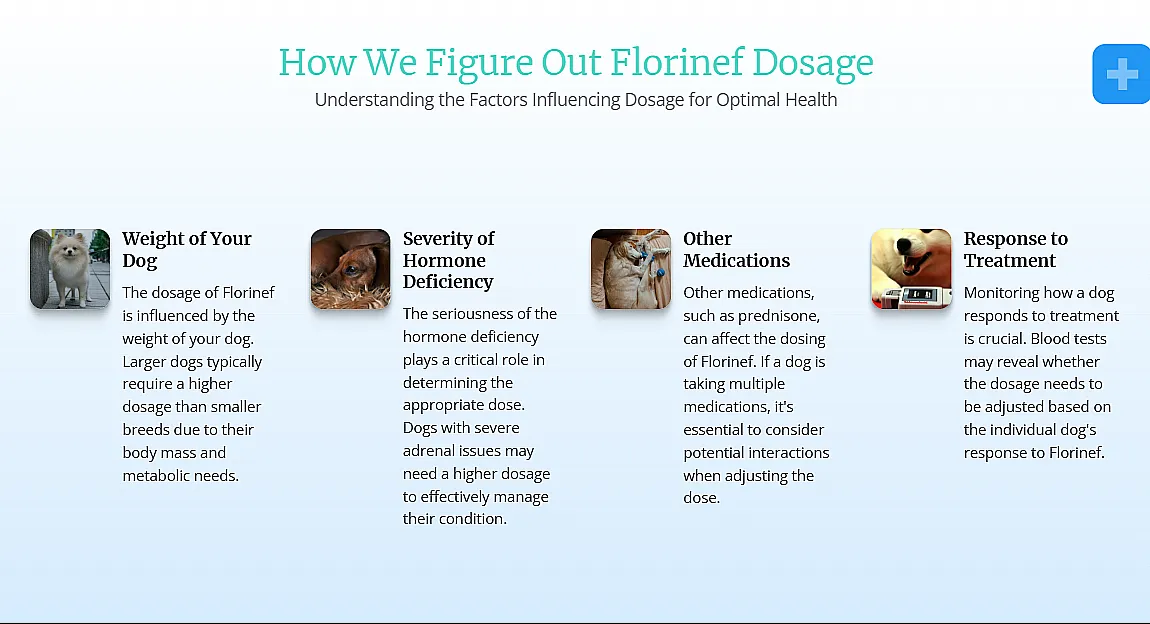Do you have a pup that you love more than anything?
Are you looking for the best way to feed them and make sure they get all the nutrition they need?
If so, then this blog post is for you! Here, as a dog nutritionist, I’ll explore what’s the best way to feed your dog and provide some tips on how to ensure they’re getting all the nutrients they need.
What is the Best Dog Food?
When it comes to feeding your dog, the best food for them is the one that meets their nutritional needs. Means finding food that contains the right balance of proteins, fats, carbohydrates, vitamins, minerals, and other essential nutrients.
The type of food you feed your dog should depend on their age, size, energy level, and any specific health needs they may have.
Dry kibble and canned wet food are the most common types of dog food, but there are many others available such as raw diets, freeze-dried diets, and specially formulated veterinary diets.
It’s important to read the labels carefully and understand the ingredients in each kind of food, as well as their nutritional values, before making a decision. Additionally, it is important to make sure that you are feeding your furry friend the recommended amount of food for its size and age.
Understanding Nutritional Requirements for Dogs

When considering what the best way to feed your dog is, it’s important to understand the nutritional requirements for dogs.
Canine needs a diet that is high in protein and fat, and low in carbohydrates. The primary sources of protein for dogs should come from meat, poultry, eggs, and fish.
These proteins should be supplemented with carbohydrates, such as grains and vegetables, to provide the necessary energy for growth and development.
Our beloved also needs essential fatty acids, vitamins, and minerals in his diet to stay healthy. Knowing the nutritional requirements of your friend will help you decide the best way to feed your dog.
Common Ingredients in Dog Food
When it comes to choosing dog food, it’s important to understand what ingredients are used in the food.
Many canine foods contain grains, meat, vegetables, and other ingredients.
Grains provide carbohydrates and other essential nutrients,
Meat is an excellent source of protein.
Vegetables provide important vitamins and minerals.
Other ingredients like vitamins, minerals, and omega-3 fatty acids may also be present in the food.
Knowing what ingredients are in the food can help you make sure your dog is getting all the nutrients he needs for a healthy life.
Benefits of Different Types of Dog Food
When deciding what type of dog food is best for your pup, it is important to consider the benefits that different types of food can provide.
Dry food, such as kibble, offers convenience and is easy to store and transport. It is also generally more affordable than wet food.
Wet food, on the other hand, is highly palatable for most dogs and can be a great way to add moisture to your pup’s diet.
Raw food diets are becoming increasingly popular as owners look to provide their pets with a more natural diet.
These diets consist of fresh, unprocessed ingredients and can provide a range of health benefits.
However, it is important to consult a veterinarian before making any changes to your dog’s diet.
Further, supplements can be added to a dog’s diet in order to provide extra vitamins and minerals that may be lacking in their regular food.
How to Choose the Right Dog Food for Your Dog
When it comes to choosing the right dog food for your furry friend, it is important to understand their nutritional needs and the different types of food available.
There are several factors to consider when selecting a food, such as the type of diet your dog needs, the ingredients, and the nutrient content.
It is important to look for food that contains the right balance of proteins, carbohydrates, fats, vitamins, minerals, and other nutrients.
A high-quality food should have all the nutrients your dog needs to stay healthy, as well as special ingredients or supplements to support any specific health issues or dietary restrictions.
It is also important to look for food that is appropriate for your dog’s age and size. Puppies, adult dogs, and seniors have different nutritional needs and you should look for food that has been specifically designed to meet those needs.
You should take into account the ingredients in the food. Choose a food that contains natural and wholesome ingredients, such as fresh meats, vegetables, fruits, whole grains, and healthy fats. Avoid foods with artificial colors, flavors, or preservatives.
By taking the time to research and understand the different types of dog food available, you can ensure that you are providing your pet with the best nutrition possible.
Making Sure Your Dog is Eating a Balanced Diet
It is important to ensure that your dog is eating a balanced diet. A balanced diet should include proteins, fats, carbohydrates, vitamins, minerals, and water.
It is important to make sure that you are feeding your dog the right amount of food for their size and activity level.
Moreover, it is important to make sure that you are feeding your dog a variety of different types of food so that they get all of the essential nutrients they need.
You can do this by including fresh, whole foods in their diet, such as vegetables and fruits, as well as lean proteins, healthy fats, and complex carbohydrates.
You can also feed your furry friend a processed food diet, such as kibble or canned wet food, but it is important to make sure that you choose a food that is designed for their life stage and activity level.
It is also important to make sure that you are rotating the type of food you feed your furry friend so that they don’t become bored with their diet.
Tips for Feeding Your Dog the Right Amount of Food
Tips for Feeding Your Dog the Right Amount of Food
Once you’ve chosen the right food for your dog, it’s important to make sure you’re feeding them the right amount.
The amount of food a dog needs depends on their age, size, breed, and activity level. Consult with your vet to determine the correct amount for your pup.
A good rule of thumb is to divide the recommended daily amount by the number of meals you feed your dog.
For example, if your dog needs two cups of food per day and you feed them twice a day, you should give them one cup in the morning and one cup in the evening.
When you first start feeding your dog a new food, it’s important to start slowly, gradually increasing the amount of food over several days until you reach the recommended daily amount. This will give your pup’s digestive system time to adjust.
Also, be sure to provide your pup with fresh, clean water at all times. This is especially important if you’re feeding them dry food, as dry food is more dehydrating than wet food.
Understanding Common Dog Food Labels
It is important to know what the terms mean on the label. Many dog food labels contain nutrition facts, such as the amount of calories, fat, protein, carbohydrates, vitamins, minerals, and other nutrients in the food.
These labels also contain information about the type of ingredients used and the source of those ingredients.
Some labels list feeding instructions and safety warnings. It is important to read the label carefully and make sure that the food contains the nutrients your dog needs.
You should also make sure that the food does not contain any ingredients that could be potentially harmful to your pup. By understanding common dog food labels, you can ensure that your dog is receiving the nutrition that it needs.
Choosing the Right Treats for Your Dog
Dog treats can provide additional nutrition, as well as provide fun and enrichment for your pup.
There are many different types of treats available, from crunchy biscuits to soft chews.
It is important to choose treats that are appropriate for your dog’s size and activity level, as well as treats that are made with high-quality ingredients.
Avoid treats that contain artificial colors, flavors, and preservatives.
Additionally, treats should only make up about 10% of your pup’s daily calorie intake. When selecting treats, be sure to read the labels to understand what ingredients are included, as well as the calorie content of the treat.
You should also consider treats with added benefits, such as dental chews that can help keep your pup’s teeth clean and healthy.
Common Mistakes When Feeding Dogs

It is important to be aware of the common mistakes when feeding dogs to ensure your pet is receiving the proper nutrition.
Overfeeding is a common mistake, as well as offering treats too often or giving human food as treats.
Not all human foods are safe for dogs, and it can be difficult to determine what may be harmful. It is also important to avoid feeding your dog table scraps as this can disrupt their diet and lead to digestive issues.
Some dogs may have food allergies or sensitivities, so it is important to check the ingredients of their food and treats to make sure they are not consuming anything they may be allergic to.
It is very important to ensure your dog is eating a balanced diet and to switch their food occasionally to provide them with a variety of nutrients.
Conclusion
Feeding your dog the right food is an important part of providing them with a healthy and happy life.
The best way to feed your dog is to provide them with a balanced diet that meets all of their nutritional requirements. This can be achieved by offering them a combination of wet and dry foods, as well as fresh fruits and vegetables.
It is also important to make sure that you are feeding them the right amount of food, according to their age, size and activity level.
Understanding the labels on dog food packages can help you make sure that your pet is getting all of the nutrients they need.
Additionally, it is important to choose the right treats, as too many can lead to obesity and other health issues. By following these guidelines, you can ensure that your dog is getting the best nutrition possible.











